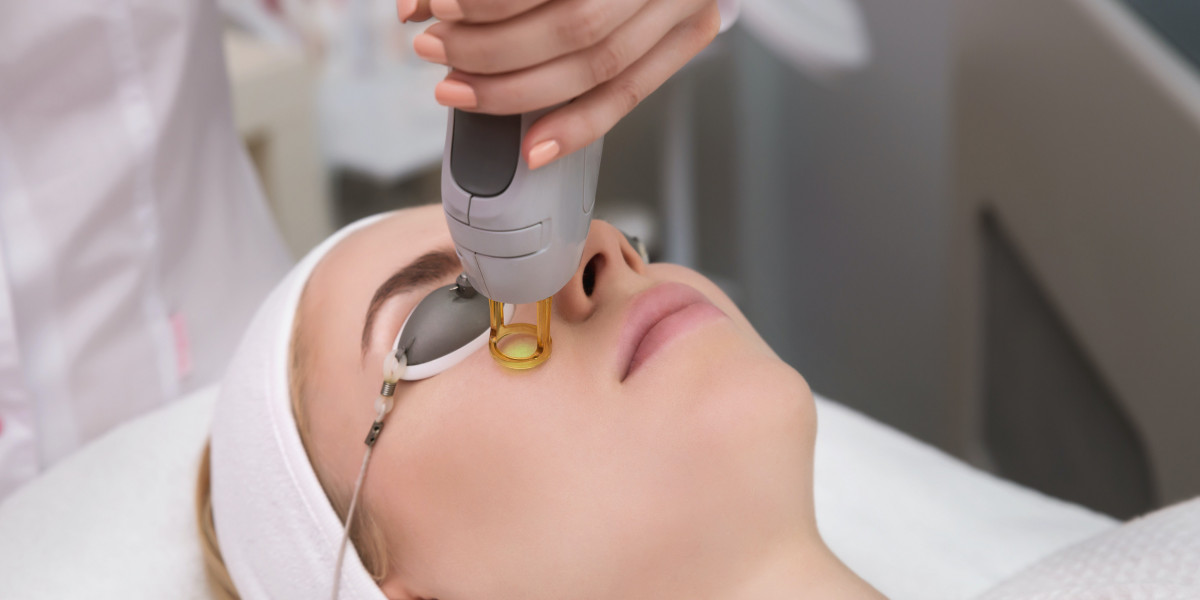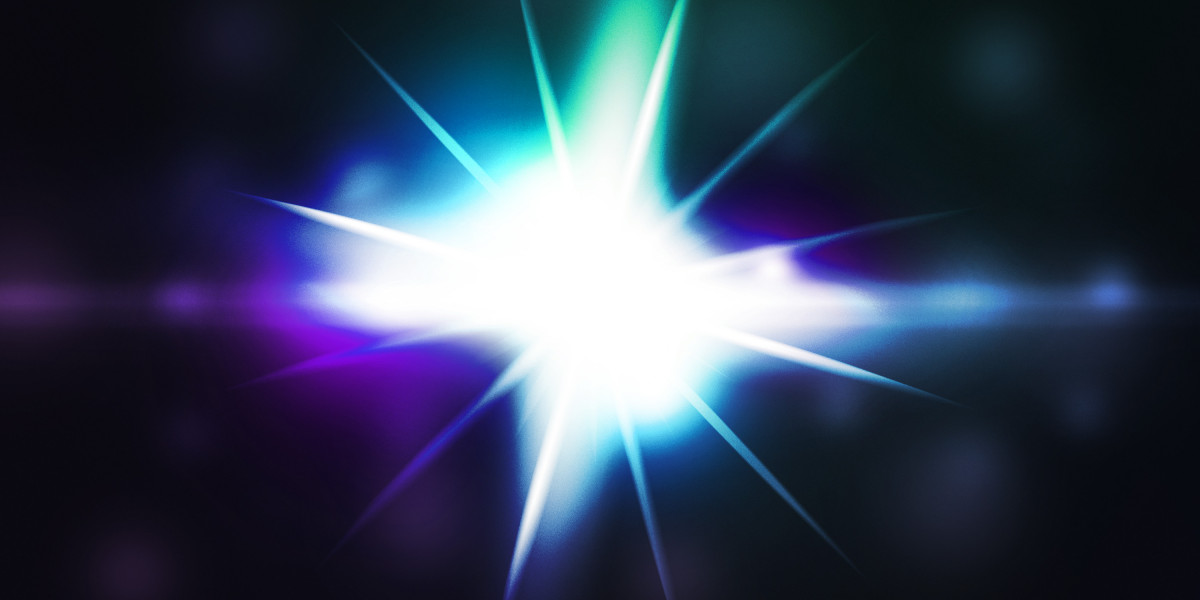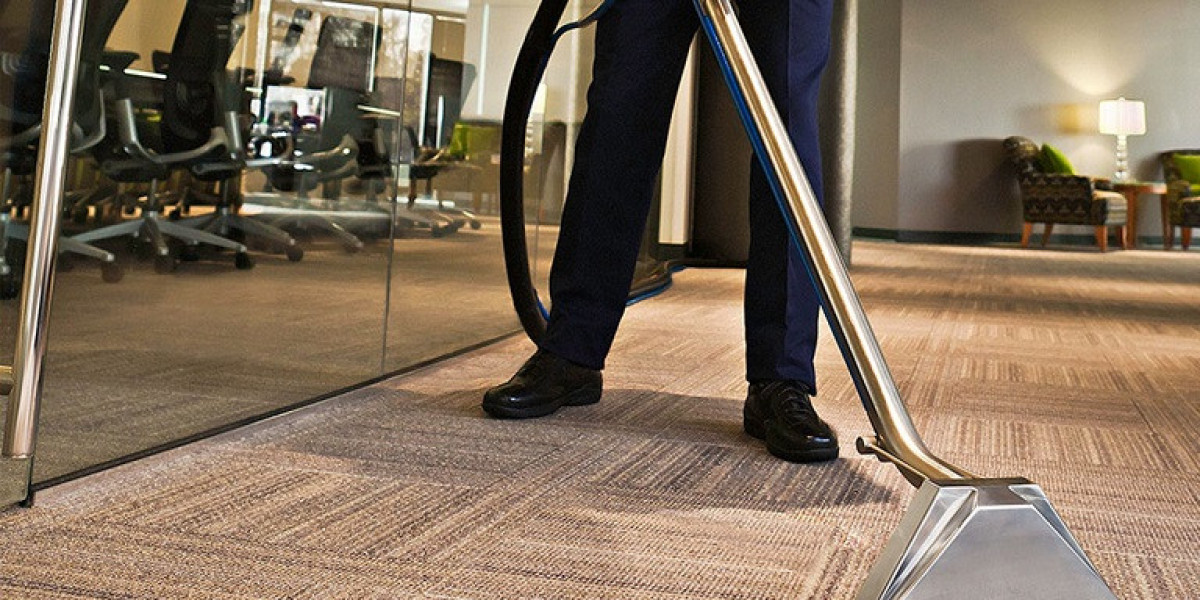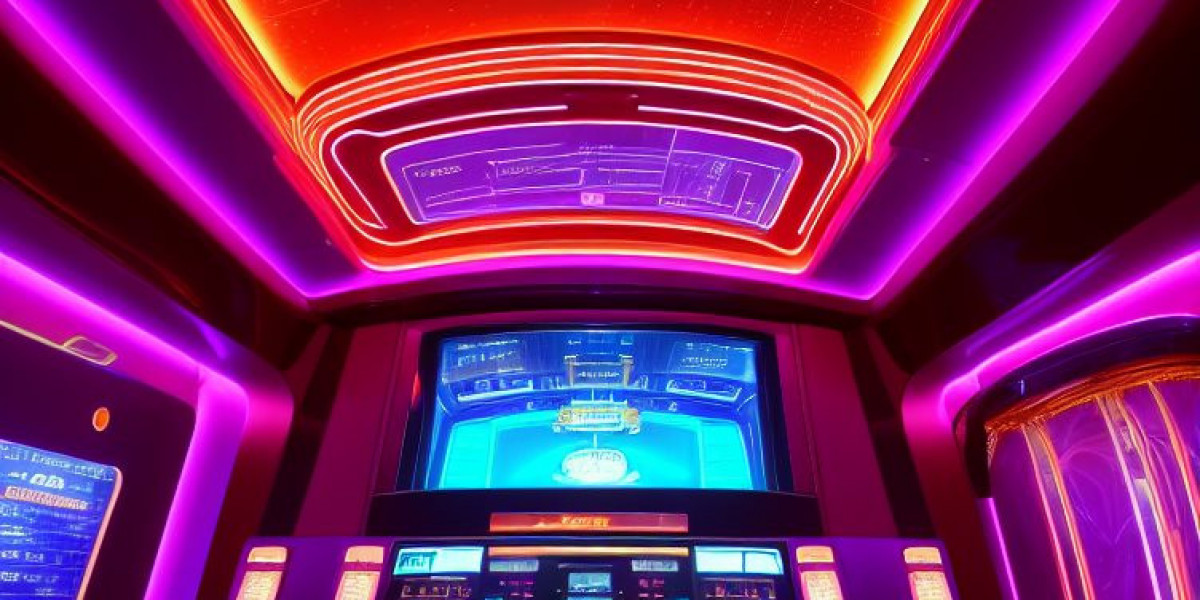Fractional CO₂ laser treatments have become a highly effective solution for improving skin texture, reducing acne scars, minimizing wrinkles, and addressing pigmentation issues. While the procedure stimulates collagen production and promotes skin rejuvenation, the post-treatment period is critical for ensuring optimal results and preventing complications. One of the most important aspects of aftercare is protecting the skin from sun exposure. Failure to adequately shield the treated skin can lead to pigmentation changes, delayed healing, or even permanent damage. Many people in Pakistan are searching for the best fractional CO2 laser in Islamabad to treat acne scars and improve skin texture safely.
Why Sun Protection Is Crucial After Fractional CO₂ Laser
Fractional CO₂ laser works by creating controlled micro-injuries in the skin’s epidermis and dermis. This process triggers the body’s natural healing response, stimulating collagen and elastin production. During the initial healing phase, the skin is highly sensitive and vulnerable. Ultraviolet (UV) rays from the sun can penetrate these fragile areas, leading to several issues:
Hyperpigmentation: UV exposure can stimulate melanocytes, the pigment-producing cells in the skin, causing dark spots or uneven skin tone, especially in individuals with darker skin types.
Delayed Healing: Sun exposure can cause inflammation and irritation, slowing down the natural repair process of the skin and extending downtime.
Scarring: Excessive UV exposure can exacerbate redness or increase the risk of post-inflammatory scarring.
Reduced Effectiveness: The therapeutic benefits of fractional CO₂ laser, such as collagen remodeling and skin rejuvenation, can be diminished if the skin is not properly protected from the sun.
Immediate Post-Treatment Sun Protection Measures
After a fractional CO₂ laser session, the skin may appear red, swollen, or slightly raw, similar to a sunburn. Protecting the skin from direct sunlight is essential during this sensitive period. Key steps include:
Avoid Direct Sunlight: For at least the first two weeks post-treatment, patients should minimize sun exposure. Staying indoors or in shaded areas reduces the risk of UV-induced complications.
Wear Protective Clothing: Loose, breathable clothing that covers the treated area helps shield the skin from UV rays. Wide-brimmed hats and long sleeves are particularly useful for protecting the face, neck, and hands.
Use Broad-Spectrum Sunscreen: Once the skin has begun to heal and the dermatologist gives clearance, applying a broad-spectrum sunscreen with SPF 30 or higher is essential. Sunscreen should be applied generously and reapplied every two hours when outdoors. Physical blockers containing zinc oxide or titanium dioxide are often recommended, as they provide immediate protection and are less likely to irritate sensitive skin.
Avoid Tanning Beds: Tanning beds emit UV radiation that can be as harmful as sunlight. Avoiding artificial tanning is critical for preventing pigmentation and ensuring proper healing.
Long-Term Sun Protection Practices
Even after the initial healing phase, protecting the skin from the sun remains important to maintain the benefits of fractional CO₂ laser treatment. Long-term strategies include:
Daily Sunscreen Application: Consistently applying sunscreen every morning, even on cloudy days or when indoors near windows, helps prevent UV-related damage.
Reapplication During Outdoor Activities: For outdoor activities such as walking, running, or sports, reapply sunscreen every two hours. Using water-resistant formulas can provide protection during sweating or swimming.
Shade and Timing: Limiting exposure to the sun during peak hours, typically between 10 a.m. and 4 p.m., reduces the intensity of UV rays reaching the skin.
Complementary Skincare Products: Using antioxidants like vitamin C serums can provide additional protection by neutralizing free radicals generated by UV exposure. Moisturizers with calming ingredients such as aloe vera or hyaluronic acid can support the healing process and maintain skin hydration.
Additional Tips for Skin Health After Laser Treatment
Gentle Cleansing: Use mild, non-irritating cleansers to remove impurities without compromising the skin’s natural barrier.
Avoid Exfoliation: Refrain from physical or chemical exfoliants until the skin fully recovers, as these can increase sensitivity to sunlight.
Hydration: Drinking plenty of water and using hydrating skincare products helps support skin regeneration and reduce inflammation.
Consult Your Dermatologist
Individual skin types, treatment areas, and laser settings can affect how sensitive the skin becomes after fractional CO₂ laser therapy. Following a dermatologist’s personalized aftercare instructions is crucial. They can recommend appropriate sunscreen products, advise on safe sun exposure timelines, and monitor skin recovery to prevent complications.
Conclusion
Protecting the skin from the sun after fractional CO₂ laser treatment is not just a precaution—it is an essential step in achieving optimal results and maintaining skin health. The combination of avoiding direct sunlight, wearing protective clothing, applying broad-spectrum sunscreen, and adopting long-term sun protection habits ensures that the skin heals properly, collagen remodeling continues effectively, and the risk of pigmentation or scarring is minimized. By taking these measures seriously, patients can enjoy the full benefits of fractional CO₂ laser therapy, achieving smoother, rejuvenated, and healthier-looking skin














